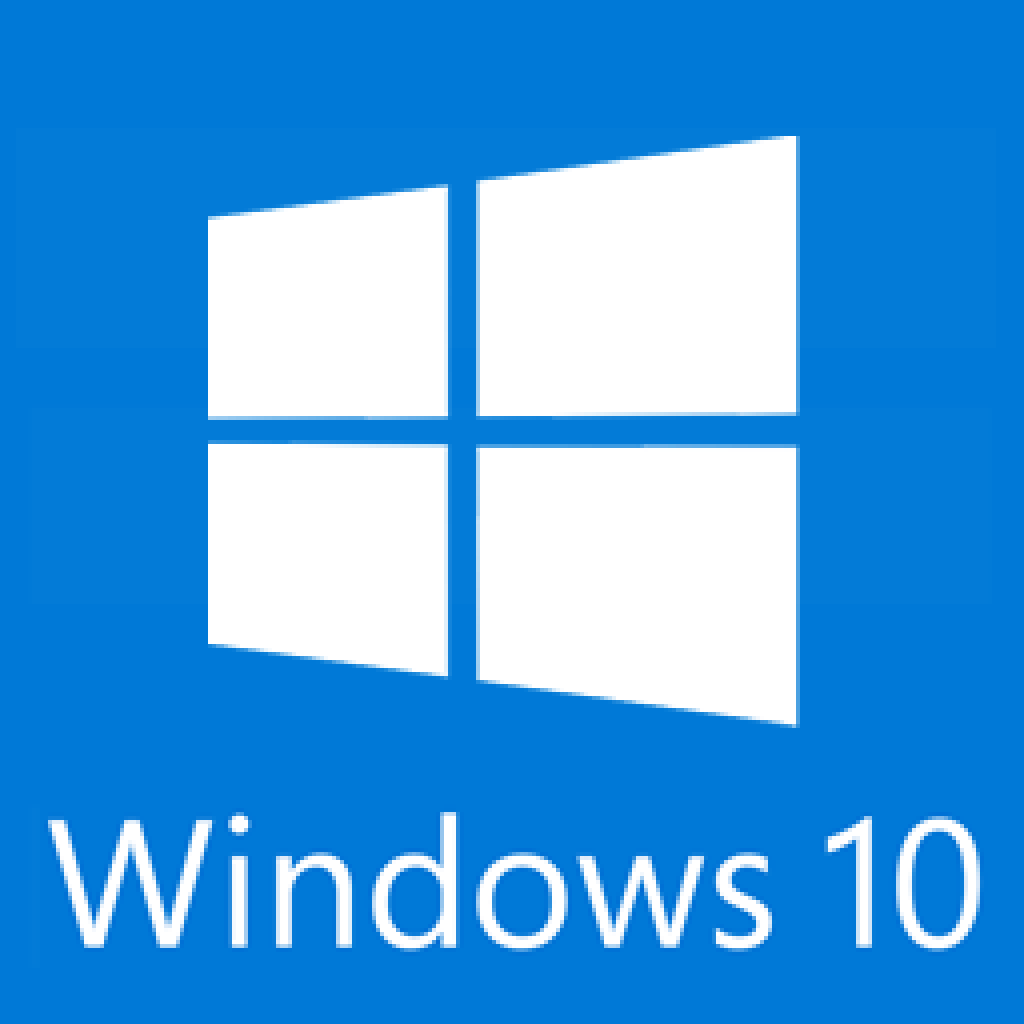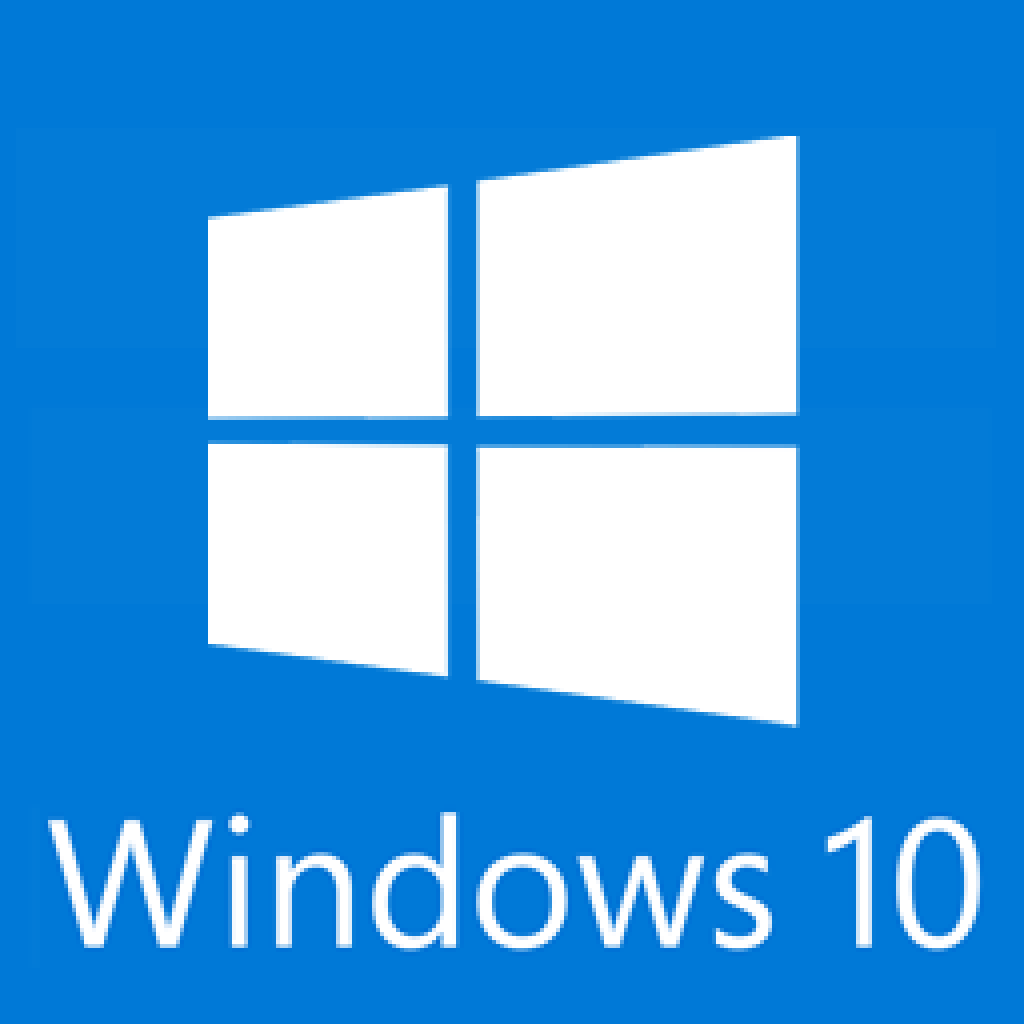Tech Tips
15 Simple Tweaks To Speed Up Windows 10

Simple Tweaks To Speed Up Windows 10
There have been some complaints from some computer users about their computers and Windows 10 becoming very slow and unresponsive after being used for a while. There are Windows 10 performance tweaks tips for you to speed up Windows 10. Listed below are tweak tips to speed up your Windows 10.
-
Change your power settings
The Windows 10 “Power saver” plan reduces your PC’s performance in order to save energy.
To do it, launch the Control Panel app, then select Hardware and Sound > Power Options. You’ll typically see two options: “Balanced (recommended)” and “Power saver.” (Depending on your make and model, you might see other plans here as well, including some branded by the manufacturer.) To see the “High performance” setting, click the down arrow by “Show additional plans.”
-
Disable Startup Programs
Many programs installed on your computer are configured to launch automatically and continue to run in the background. So, in this way, you need to disable programs from the startup in the background.
- Press the Windows key and I key together to open Settings.
- Choose Privacy.
- On the left pane, choose Background apps.
- Then go to the section Choose which apps can run in the background.
- Turn off the switch to disable the unnecessary programs running in the background.
- After that, reboot your computer and check whether the computer’s performance is boosted.
See Also: Google Pay: Everything You Need To Know.
- Change Power Plan settings to speed up Windows 10, you can choose to change the Power Plan settings.
- Open Control Panel.
- Choose Hardware and Sound.
- Click Power Options.
- Under Hide additional plans, check the option High performance.
-
Enable Fast Startup
Apart from changing power plan settings, to speed up Windows 10, you can also choose to enable fast startup.
- Open Power Options according to the way above.
- Then click Choose what the power button does from the left panel.
- Click Change settings that are currently unavailable.
- Next, check the option Turn on fast startup (recommended).
- Last, click Save changes to continue.

Simple Tweaks To Speed Up Windows 10
-
Turn off Search Indexing
The Search is a user-friendly feature of Windows 10 but it can temporarily eat up a lot of resources, which will affect the Windows 10 performance.
- Press the Windows key and R key together to open the Run dialog.
- Type exe srchadmin.dll in the box and click OK to continue.
- In the pop-up window, click Modify.
- Then click Show all locations.
- Then uncheck all boxes next to all locations.
- Last, click OK to continue.
-
Use OneDrive Files On-Demand
Right-click the OneDrive icon on the right side of the Taskbar and select Settings, then click the Settings tab on the dialog box that appears. Check the box next to Files On-Demand. Now click the OneDrive icon and select Open Folder.
OneDrive appears in a File Explorer window. Right-click a folder whose files you want to be stored only in the cloud, but not on your PC, then select “Free up space.” Files from that folder will be removed from your disk, but still kept in OneDrive in the cloud.
-
Check Viruses on Your Computer
If there are viruses on your computer, the Windows 10 performance would be affected.
- Press the Windows key and I key together to open Settings.
- Then choose Update & Security.
- Choose Windows Defender from the left panel.
- Click Open Windows Defender Security Center.
- In the pop-up window, choose Virus & threat protection.
- Then click Quick Scan to continue.
See Also; 5 Tips And Tricks To Use On Your iPhone 13
-
Defrag Hard Drive
To improve the performance of the computer, you can choose to defrag a hard drive, which is especially effective for HDD users.
- Type Defragment and Optimize Drives in the search box of Windows 10 and choose the best-matched one.
- Then select the drive you want to defrag and choose to Optimize to continue.
- Turn off Notifications and Tips
- Press Windows and I keys together to open Settings.
- Then choose System > Notifications & actions.
- Scroll down and find the option Get tips, tricks, and suggestions as you use Windows.
- Then turn off it.
-
Clean Registry
The Windows registry has all the settings for Windows and other programs. When installing software, the registry changes. However, if the program is uninstalled sometimes, it fails to remove the changes. With time going by, thousands of registry modifications slow down system performance.
-
Turn on Windows 10 Automatic Maintenance
- Open Control Panel.
- Then choose System and Security.
- Then choose Security and Maintenance.
- Under Automatic Maintenance, click Start maintenance.
-
Add More RAM
RAM is one of the most components of a computer. A random-access memory device allows data items to be read or written in almost the same amount of time, regardless of the physical location of the data within the memory. More memory always can potentially improve Windows performance.
-
Free up Disk Space
- Open Windows Settings.
- Then choose System > Storage.
- Under the Local Disk section, select the drive you want to clean.
- Then click the files you want to remove, including the temporary files, apps and games, and so on.
- Then check the files you want to delete and click Remove files.
- Upgrade System Drive to SSD
-
Turn on automated Windows maintenance
Run the Control Panel app and select System and Security > Security and Maintenance. In the Maintenance section, under Automatic Maintenance, click “Start maintenance” if you want it to run now. To make sure that it runs every day, click “Change maintenance settings,” and from the screen that appears, select the time you’d like maintenance to run, and check the box next to “Allow scheduled maintenance to wake up my computer at the scheduled time.” Then click OK.
- Run Windows Update
- Open Windows Settings.
- Then choose Update & Security.
- Then choose to Check for updates to continue.
Thanks for reading 15 Simple Tweaks To Speed Up Windows 10. You can click to read about the Top 5 Tips And Tricks To Use On Your iPhone 13.
Don’t Forget To Like, Comment, and Share with your friends.











